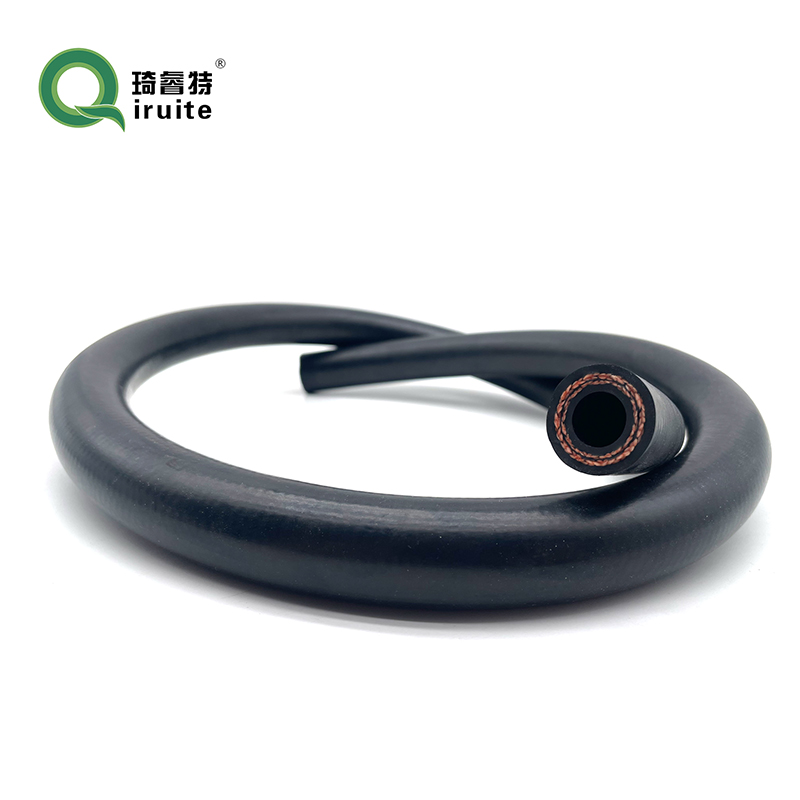Step-by-step Guide to Fixing a Leaky Power Steering Hose Efficiently and Effectively
How to Repair a Power Steering Hose A Step-by-Step Guide
Power steering is an essential system in modern vehicles that allows drivers to steer with minimal effort. The power steering hose plays a critical role in this system by transporting hydraulic fluid from the pump to the steering gearbox. Over time, these hoses can develop leaks or become damaged due to wear and tear, resulting in steering difficulties. Repairing a power steering hose is a practical task that can save you money and improve the safety of your vehicle. This article will guide you through the process of repairing a power steering hose.
Tools and Materials Needed
Before starting the repair, gather the necessary tools and materials
1. Tools - Wrench set - Pliers - Screwdriver - Jack and jack stands (if needed) - Hose cutter or utility knife
2. Materials - Replacement hose (if necessary) - Power steering fluid - Hose clamps (if reattaching) - A clean rag or paper towels
Identifying the Problem
The first step in repairing a power steering hose is to identify the problem. Inspect the power steering hose for visible signs of damage, such as cracks, frays, or leaks. You may also notice fluid pooling under your vehicle or a whining sound when turning the steering wheel—signs that you may have a leak.
Draining the Power Steering Fluid
Once you’ve identified a damaged hose, the next step is to drain the power steering fluid. Position a catch basin underneath the power steering reservoir to collect any fluid that may spill during the repair. Using the appropriate wrench, loosen the cap on the reservoir and drain the fluid completely. Make sure to dispose of the old fluid properly, as it can be harmful to the environment.
Removing the Damaged Hose
how to repair power steering hose

With the fluid drained, locate the ends of the damaged hose. Use a wrench to disconnect the hose from the power steering pump and the steering gearbox. If the hose is secured with hose clamps, use pliers to loosen and remove them. Be cautious when removing the hose, as some residual fluid may still be present.
Installing the New Hose
If the hose is severely damaged and needs replacement, select a high-quality replacement hose that matches your vehicle’s specifications. Position the new hose into place, connecting one end to the power steering pump and the other to the steering gearbox. Ensure that the hose is correctly aligned and not in contact with any moving parts. Secure the hose with hose clamps to prevent any future leaks.
Refilling the Power Steering Fluid
After installing the new hose, it’s essential to refill the power steering fluid. Use the appropriate type of fluid recommended by your vehicle manufacturer. Pour the fluid into the reservoir until it reaches the designated level. Be careful not to overfill, as this can lead to additional problems.
Bleeding the Power Steering System
With the new hose in place and the system filled with fluid, you need to bleed the power steering system to remove any air pockets. Start the engine and turn the steering wheel from lock to lock several times. This action will help circulate the fluid and expel any air. Check the fluid level again and add more as necessary.
Final Checks
Once you’ve completed the bleeding process, double-check all connections and ensure there are no leaks. Take your vehicle for a short test drive to evaluate the steering response. If everything feels normal, you have successfully repaired the power steering hose.
In conclusion, repairing a power steering hose is a manageable task with the right tools and careful attention to detail. By following these steps, you can restore your vehicle’s steering performance while saving on repair costs. Always remember to consult your vehicle’s manual or a professional if you encounter any difficulties during the process.
-
Ultimate Spiral Protection for Hoses & CablesNewsJun.26,2025
-
The Ultimate Quick-Connect Solutions for Every NeedNewsJun.26,2025
-
SAE J1401 Brake Hose: Reliable Choice for Safe BrakingNewsJun.26,2025
-
Reliable J2064 A/C Hoses for Real-World Cooling NeedsNewsJun.26,2025
-
Heavy-Duty Sewer Jetting Hoses Built to LastNewsJun.26,2025
-
Fix Power Steering Tube Leaks Fast – Durable & Affordable SolutionNewsJun.26,2025

